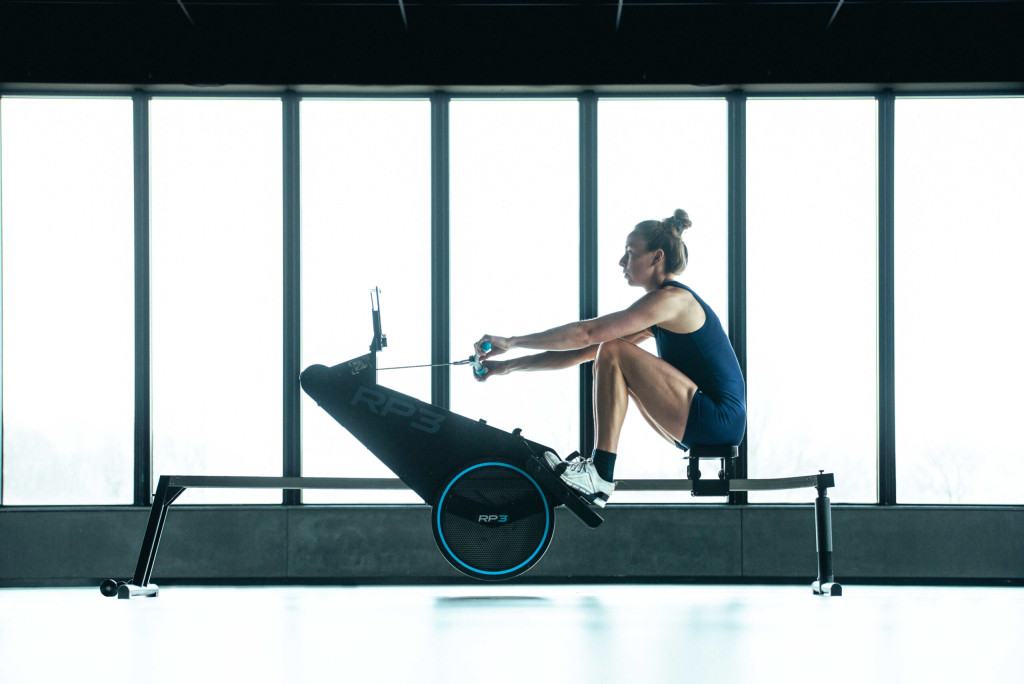Best low-impact cardio options for home
Discover 5 effective low-impact cardio options for home workouts that protect your joints while boosting fitness. Transform your health journey with these sustainable exercises for
Most people begin to see initial results from rowing workouts within 2-4 weeks of consistent training. These early benefits include improved energy levels, better mood, and enhanced cardiovascular endurance. For visible physical changes like muscle tone and weight loss, expect a timeline of 6-12 weeks of regular rowing. Remember that results vary based on workout frequency, intensity, starting fitness level, and dietary habits. Rowing provides a comprehensive full-body workout that builds both strength and cardiovascular fitness simultaneously, making it an efficient exercise choice for those seeking holistic fitness improvements.
When you begin a rowing regimen, it’s important to set realistic expectations about the results you’ll achieve. Rowing is a full-body workout that engages approximately 86% of your muscles, making it exceptionally efficient for overall fitness development.
Different people seek various outcomes from rowing, including:
Your individual timeline for seeing these results depends on your starting point, consistency, and approach to training. Some benefits, like improved mood and energy, appear quickly, while physical transformations take longer to manifest.
Beginners typically notice the first benefits from rowing within 1-2 weeks of consistent training. These initial improvements are often functional rather than visible, including better energy levels throughout the day, improved sleep quality, and enhanced mood.
Within 2-4 weeks of rowing regularly (3-4 times weekly), you’ll likely experience:
These early adaptations happen as your cardiovascular system becomes more efficient and your neuromuscular coordination improves. Even before visible changes appear, these physiological improvements indicate you’re making progress.
The timeline for seeing rowing results varies significantly based on several key factors. Your training consistency is perhaps the most influential element—regular sessions 3-5 times weekly will produce faster results than sporadic workouts.
Other major factors affecting your results timeline include:
Remember that tracking metrics beyond aesthetics—like rowing split times, workout duration, or heart rate recovery—can help you recognize progress even when visual changes aren’t yet apparent.
Cardiovascular adaptations from rowing typically become noticeable within 2-6 weeks of consistent training. The first sign is often improved recovery between intervals during your workout—you’ll find your heart rate drops more quickly during rest periods.
Other cardiovascular improvements you’ll likely experience include:
These aerobic adaptations occur as your heart muscle strengthens, blood volume increases, and your body becomes more efficient at oxygen delivery and utilization. Understanding the science of rowing helps explain why this exercise safely improves cardiovascular health while placing minimal stress on your joints, making it suitable for continuous, long-term training.
Physical changes from rowing workouts typically begin to appear after 6-12 weeks of consistent training. The first visible changes usually include improved posture and subtle muscle definition, particularly in your back, shoulders, and legs.
The timeline for different physical changes varies:
Remember that physical transformations depend heavily on your training volume, nutritional habits, and individual factors like genetics and hormones. Taking progress photos every 4-6 weeks can help you notice gradual changes that might be difficult to perceive day-to-day.
You can optimize your rowing results by implementing several evidence-based strategies. Prioritizing proper technique is fundamental—proper rowing form ensures you’re working the intended muscles while minimizing injury risk.
Effective ways to accelerate your progress include:
Tracking performance metrics (like split times, watts, or distance) provides objective feedback and helps you identify improvement areas. RP3 Rowing machines ensure you can maintain consistency without travel barriers while providing the performance data you need to track progress.
Dynamic rowing machines can potentially accelerate your results timeline through several important mechanisms. Unlike static machines, dynamic ergs allow both the seat and the footplate to move, creating a more biomechanically efficient rowing experience that closely mimics on-water movement.
This enhanced design offers several advantages for progress:
The dynamic movement pattern also engages stabilizing muscles throughout your core and upper body more effectively, potentially accelerating strength and postural improvements. This comprehensive muscular engagement contributes to more efficient calorie burning and faster overall fitness development.
Understanding the typical timeline for rowing results helps you maintain motivation throughout your fitness journey. The most sustainable approach focuses on consistency rather than seeking rapid transformations.
Remember these key principles:
At RP3 Rowing, we understand the importance of both immediate feedback and long-term progress. Our dynamic rowing machines are designed to provide the biomechanical efficiency and performance feedback needed to optimize your results while minimizing injury risk. Whether you’re just beginning your rowing journey or looking to enhance an established routine, focusing on process-oriented goals will lead to sustainable results that improve both performance and overall wellbeing.
If you’re interested in learning more about the benefits of rowing, reach out to our team of experts today.
Discover 5 effective low-impact cardio options for home workouts that protect your joints while boosting fitness. Transform your health journey with these sustainable exercises for
Discover 5 effective low-impact exercises that protect your back while maintaining fitness intensity. Learn proper form techniques to strengthen your spine without risking injury.
Discover 5 effective home workouts that build strength without stressing your joints. Learn fluid movement techniques for pain-free exercise that delivers results while protecting your
Discover effective low-impact fitness strategies that build strength and cardio health without damaging your joints. Learn sustainable workout techniques for long-term health and injury prevention.
Discover 5 effective full-body low-impact workouts perfect for beginners that protect your joints while building strength and fitness. Start your sustainable exercise journey today!
Discover how low-impact fitness creates sustainable health benefits without joint pain. Learn 5 full-body workouts that deliver results while preserving your body for decades of
Discover why low-impact workouts deliver powerful fitness results without joint damage. Learn 6 key benefits and find the perfect exercise for sustainable daily fitness that
Discover why low-impact training on recovery days accelerates muscle repair, prevents injuries, and boosts long-term fitness gains. Learn optimal activities and avoid common recovery mistakes.
Discover why rowing machines deliver a complete workout while protecting your joints. Engage 85% of your muscles with zero impact stress—perfect for fitness enthusiasts of
Discover effective low-impact exercises perfect for returning to fitness after breaks or injuries. Learn 5 joint-friendly workouts that rebuild strength while preventing setbacks on your
Discover 5 low-impact routines that challenge your entire body without stressing your joints. Build strength and burn calories while protecting your knees, hips, and spine.
Discover how rowing uniquely engages 85% of your muscles while enhancing flexibility in one efficient workout. Build strength and mobility simultaneously without stressing your joints.
Discover how consistent low-impact activity delivers powerful physical and mental benefits without joint stress. Build fitness, reduce stress, and improve mobility through sustainable daily movement
Discover why rowing machines offer the ultimate low-impact, full-body workout for home fitness. Get 85% muscle engagement with minimal joint stress—perfect for all ages and
Discover how low-impact exercise protects your joints while delivering powerful fitness results. Learn 5 joint-friendly workouts that maintain mobility and prevent pain as you age.
Discover how to build sustainable low-impact fitness habits that protect your joints while delivering exceptional results. Learn proven strategies for lifelong exercise consistency without pain.

We will send you a personal quote as soon as possible.
As soon as the quote is ready, you will receive a link by email to order directly.
